On October 16, information from the Ho Chi Minh City Department of Health said that the first units of the city's health sector have begun to be merged according to the plan to comprehensively reorganize the public health system in the 2025-2027 period.
This is a strategic move with the goal of improving service quality, optimizing resources and ensuring effective state management in the health sector, creating a big push to build a modern, synchronous, flexible and closer-to-the-people health system.
Ho Chi Minh City People's Committee has just issued a Decision to reorganize Saigon General Hospital by merging with Gia Dinh People's Hospital, under the City Department of Health.
From January 1, 2026, Saigon General Hospital officially ceased operations. All functions, tasks, organizational structure, personnel, facilities, equipment, finance, assets... and related rights and obligations were transferred to Gia Dinh People's Hospital for continued management, exploitation and use in accordance with the provisions of law.
After reorganization, Gia Dinh People's Hospital consists of 2 facilities: Main facility at No. 1 No Trang Long, Gia Dinh ward and facility 2 at No. 125 Le Loi, Ben Thanh ward, Ho Chi Minh City.
Previously, the Ho Chi Minh City People's Committee also officially approved the plan to establish Tu Du Hospital, branch 2 in Can Gio. The hospital is oriented to have a scale of 300 beds, 9 clinical departments, 3 paraclinical departments and 3 functional rooms, providing comprehensive and high-quality medical services. Tu Du Hospital, branch 2 will receive inpatient treatment from Can Gio Regional Medical Center, helping people in the suburbs access high-quality obstetrics and pediatrics services without having to travel far.
Mr. Tang Chi Thuong, Director of the Ho Chi Minh City Department of Health, said that the reorganization of public health facilities based on renaming, merging, and streamlining the organization aims to avoid overlapping functions and tasks to ensure compliance with the two-level local government model.
This is a strategic move with the goal of improving service quality, optimizing resources and ensuring effective state management in the health sector, creating a big push to build a modern, synchronous, flexible and closer-to-the-people health system.
Before the arrangement, the whole City had 118 public service units, including 18 units with budget guarantee for regular expenditures, 48 units with partial self-guarantee, 45 units with full self-guarantee for regular expenditures and 7 units with self-guarantee for both regular expenditures and investment expenditures.
According to the proposed restructuring plan, inefficient units will be restructured or dissolved, while units with similar functions will be merged to streamline the number of units and reduce budget costs.
Specifically, Saigon General Hospital merged with Gia Dinh People's Hospital; Tu Du Hospital, branch 2, was established in Can Gio, taking over inpatient treatment functions from Can Gio Regional Medical Center; Thu Duc City Social Security Center dissolved after completing its pilot mission during the COVID-19 pandemic.
In addition, Ba Ria-Vung Tau Traditional Medicine Hospital and Pham Huu Chi Lung Hospital were also merged with upper-level hospitals to increase professional efficiency.
In addition, all 38 district, county and Thu Duc city health centers have been transferred to the Department of Health, forming regional health centers to provide health care for wards and communes.
19 district-level general hospitals have also been transferred to the Ho Chi Minh City Department of Health for management and renamed in accordance with the two-level local government model.
The city aims to upgrade all commune and ward health stations into complete public service units with adequate human resources and infrastructure by the end of 2027.
In the field of preventive medicine, Ho Chi Minh City merged three Centers for Disease Control (Ho Chi Minh City, Binh Duong and Ba Ria-Vung Tau) into the Ho Chi Minh City Center for Disease Control, aiming for a modern preventive medicine system with the capacity to monitor, warn and respond promptly to epidemics.
After completing the arrangement, Ho Chi Minh City will have 114 public service units, including 17 units with regular expenditures covered by the budget, 45 units with partial self-financing, 45 units with full self-financing, and 7 units with both regular and investment expenditures./.
Source: https://www.vietnamplus.vn/tp-ho-chi-minh-sap-xep-lai-he-thong-y-te-cong-lap-theo-huong-tinh-gon-dong-bo-post1070753.vnp



![[Photo] Closing ceremony of the 18th Congress of Hanoi Party Committee](https://vphoto.vietnam.vn/thumb/1200x675/vietnam/resource/IMAGE/2025/10/17/1760704850107_ndo_br_1-jpg.webp)





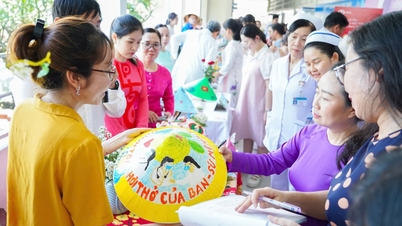





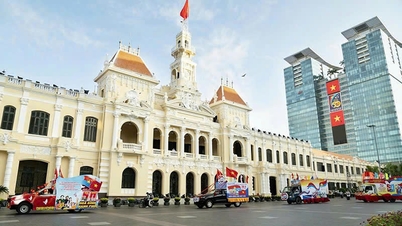
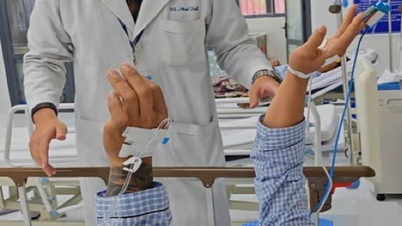

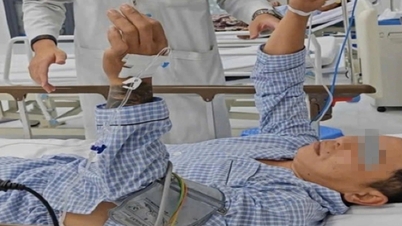



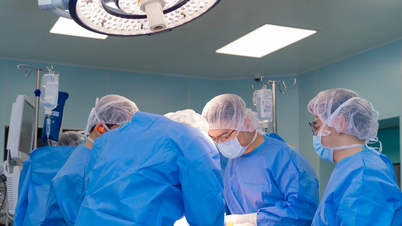
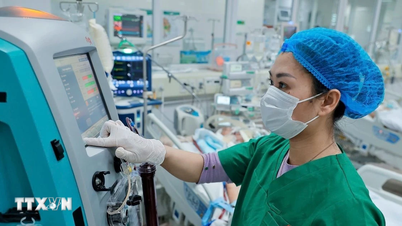
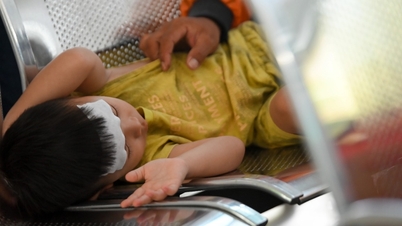






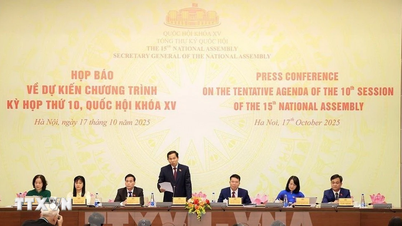
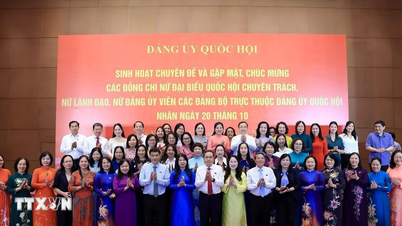
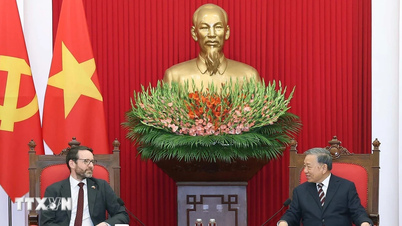
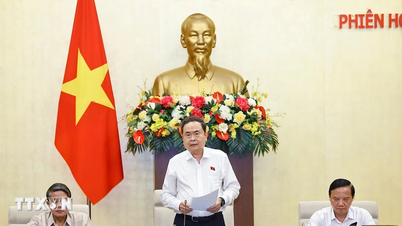

![[Photo] Nhan Dan Newspaper launches “Fatherland in the Heart: The Concert Film”](https://vphoto.vietnam.vn/thumb/1200x675/vietnam/resource/IMAGE/2025/10/16/1760622132545_thiet-ke-chua-co-ten-36-png.webp)






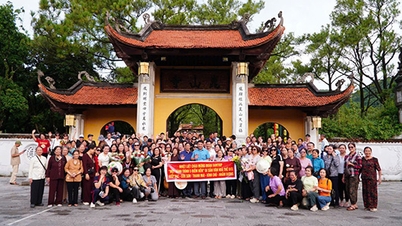















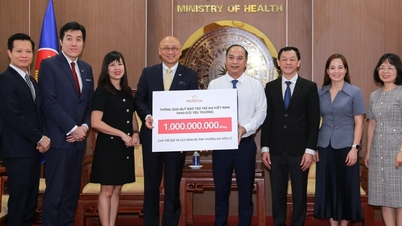














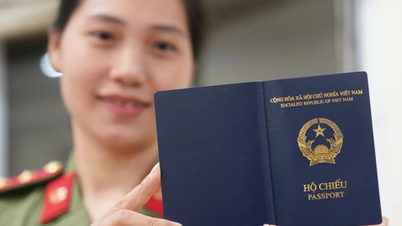
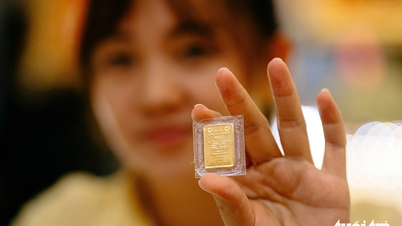


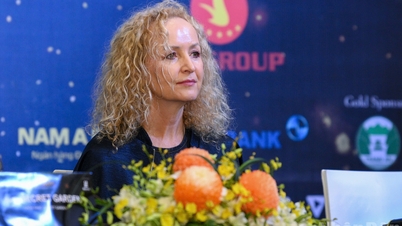
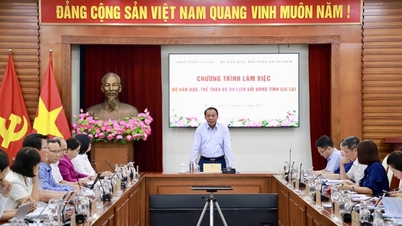

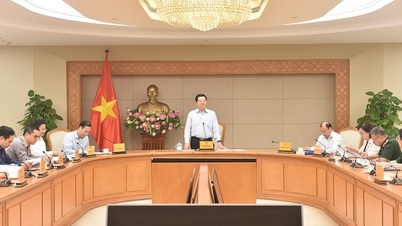

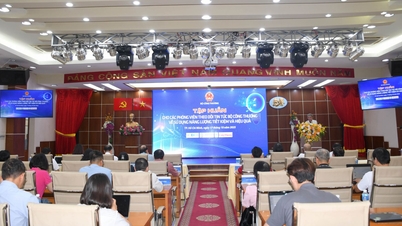



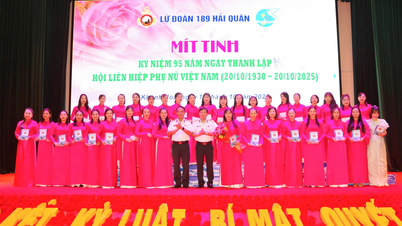

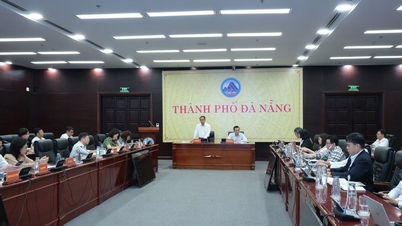

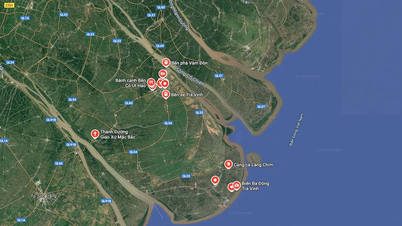











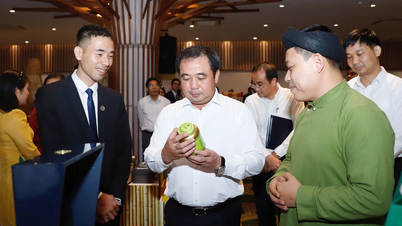









Comment (0)